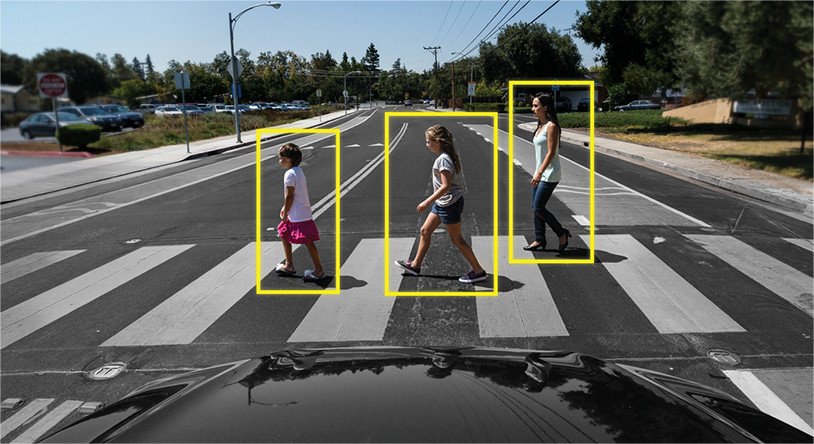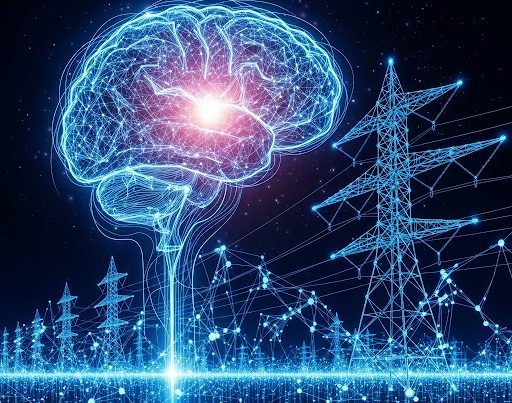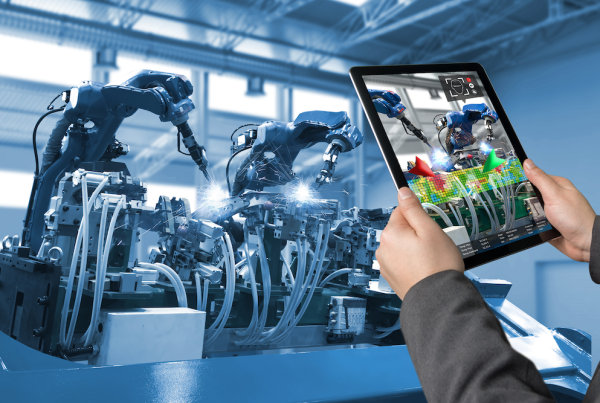(Original article on Medium)
When talking with Clients or Investors, you are often asked to highlight why BeChained’s solution sets apart from competitor’s. They say that we both use AI.
In today’s industry, AI has become a buzzword. All the service providers propose AI-powered solutions. However, what matters is how they handle client’s problems.
Managing industrial processes has a level of complexity which requires a specific solution. So, the choice is not trivial at all.
In the context, optimizing machinery and processes is key to reduce energy use and operational costs. Imagine the rising complexity when it turns out to be in real-time.
Processes, like water management, air compressors, thermal processes, exhaust hoods, are widespread in manufacturing. They are the heart of steel, paper, food production, for instance.
Manufacturers have been increasingly relying on automation and advanced algorithms to improve decision-making and reduce manual intervention.
While traditional approaches like predictive modeling, statistical analysis, and machine learning (ML) based on historical data have been widely used to optimize industrial processes, they have limitations when it comes to handling dynamic, real-time and unexpected situations in real time.
Reinforcement Learning (RL), on the other hand, offers a more adaptive and robust solution for optimizing real-time operations. It works even in scenarios where historical data may fall short.

In this article, we’ll explore the key advantage of RL in real-time industrial process optimization. We use an analogy of autonomous driving, which relies on RL for decision making. It illustrates why RL outperforms traditional approaches.
The Challenge of Relying on Historical Data in Traditional Approaches
First off, it is important to understand some limitations of traditional methods, such as:
- Predictive modeling. They use historical data to forecast future states and prescribe or recommend actions based on patterns observed in the past. However, these models can only be as good as the data they are trained on. If new scenarios arise that were not present in the historical data, the model may struggle to make optimal decisions.
- Statistical analysis. They effectively model relationships between variables. Even so, they rely on static assumptions about data distributions. They can be limited when dealing with non-linear or dynamic industrial environments.
- Supervised machine learning (ML). Traditional ML models are trained on labeled datasets, where the correct output is already known. While these models can recognize complex patterns in data, their effectiveness is limited to scenarios that closely match the training data. If something happens outside of the expected range of inputs, these models may not respond appropriately. For instance, an unexpected equipment failure.
In industrial processes, real-time conditions can change unexpectedly.
For example: a sudden change in air pressure in an exhaust system. Or an unforeseen drop in temperature during thermal processing.
Net Risk. Traditional models, trained on historical data, may not have seen these conditions before. So, they leave systems vulnerable to inefficiencies, suboptimal responses, or even complete shutdowns.

Reinforcement Learning: Learning Through Interaction
Reinforcement Learning (RL) operates fundamentally differently from traditional approaches. Rather than relying solely on historical data to make decisions, RL learns by interacting with the environment in real time. For instance, actions or environment data. And it continuously adapts and improves, as it receives feedback from its actions.
In an industrial context, RL can continually adjust machine settings.
i.e. airflow through fans control in exhaust hoods. Pressure upload and download levels in air compressors. Temperature settings in thermal systems. Thus, it finds the optimal configuration which minimizes energy use, while maximizing performance.
What makes RL particularly powerful is its ability to learn from the outcomes of its actions. Regardless positive or negative, it uses inmediate feedbacks as an experience to make better decisions in the future.
Key Advantages of Reinforcement Learning for Industrial Process Optimization
- Real-Time Adaptability. Unlike traditional methods which are constrained by historical data, RL is capable of learning and adapting in real time. It continuously updates its strategies based on the feedback it receives. Thus, it is able to handle dynamic changes in the environment, such as varying energy demands or equipment wear and tear.
- Handling Unseen Scenarios. RL doesn’t need to rely on prior knowledge or data to make decisions. Instead, it uses trial and error to explore different strategies and outcomes. This makes it particularly effective when faced with scenarios never encountered during training.
- For example: if the efficiency of an air compressor suddenly changes due to environmental factors, RL adapts without having experienced the exact situation before.
- Autonomous Decision-Making. RL enables fully autonomous optimization by learning policies that maximize rewards.
- For example: minimizing energy consumption or maintaining operational efficiency. So, this reduces the need for human intervention. Rather, it ensures that machines are always running in the most optimal state, even when operators are not present.
- Long-Term Optimization. While traditional systems may focus on immediate outputs based on past data, RL takes into account both short-term and long-term rewards. It learns strategies which not only optimize current performance, but also ensure sustained efficiency over time. So, taking into account factors like maintenance, wear, and long-term energy savings.

The Autonomous Driving Car Analogy
To better understand the unique benefits of RL, let’s look at an analogy from autonomous driving. In this scenario, RL outperforms traditional methods.
Imagine a self-driving car navigating through a busy city. Traditional ML systems, trained on historical driving data, know how to drive within the lines, follow speed limits, and recognize street signs. They’ve been trained on countless hours of road data.
But what happens when something unexpected happens? Imagine a pedestrian suddenly stepping into the street.

If the event of a pedestrian crossing wasn’t included in the car’s training data, a traditional ML system may fail to respond appropriately. It simply doesn’t know how to handle this unseen situation, because it’s never been trained to do so. The system might continue driving or react too slowly, potentially leading to dangerous outcomes.
In contrast, a RL-based system doesn’t rely solely on historical data. It learns by interacting with the environment in real time. So, it continuously adjusts its behaviour based on feedback. For these reasons, when a pedestrian steps into the street, the RL system doesn’t need to have seen this specific scenario before. Through its understanding of the environment and its goal of avoiding collisions, RL systems take immediate action: it slows down or stops. Just as a human driver would do.
The same principle applies to industrial processes. RL doesn’t require a detailed history of every possible scenario to make real-time optimizations. It learns on the go ! By adjusting machine parameters based on real-time feedback, it ensures the most energy-efficient and optimal operation. Even in situations which were not part of the initial training data.
Conclusion: Reinforcement Learning as the Future of Real-Time Optimization
The ability to respond and adapt to real-time changes is critical in the modern industrial process optimization. Although predictive models and traditional ML approaches provide valuable insights based on historical data, they often fall short when faced with dynamic and unforeseen scenarios.
RL stands out because:
- it adapts in real-time,
- it makes autonomous decisions,
- and it handles previously unseen situations.
While optimizing processes, i.e. air compressors, water management systems, or furnaces, RL continuously improves and fine-tunes operations. So, it drives energy use minimization. And, at the time, it maximizes efficiency — without relying on exhaustive historical data.
RL-based autonomous car can safely avoid a pedestrian crossing the road, although not specifically trained on that occurrence. RL in industrial settings allows systems to adapt in real time to changing conditions. Thus, it provides a powerful solution to automate energy efficiency in manufacturing.
Nowadays, sustainability and efficiency are becoming increasingly important. This makes the difference in the fierce competitive world of industrial manufacturers. Reinforcement Learning is poised to revolutionize the way industries approach process optimization. And it helps them achieve higher efficiency with fewer emissions and more resilient operations.





